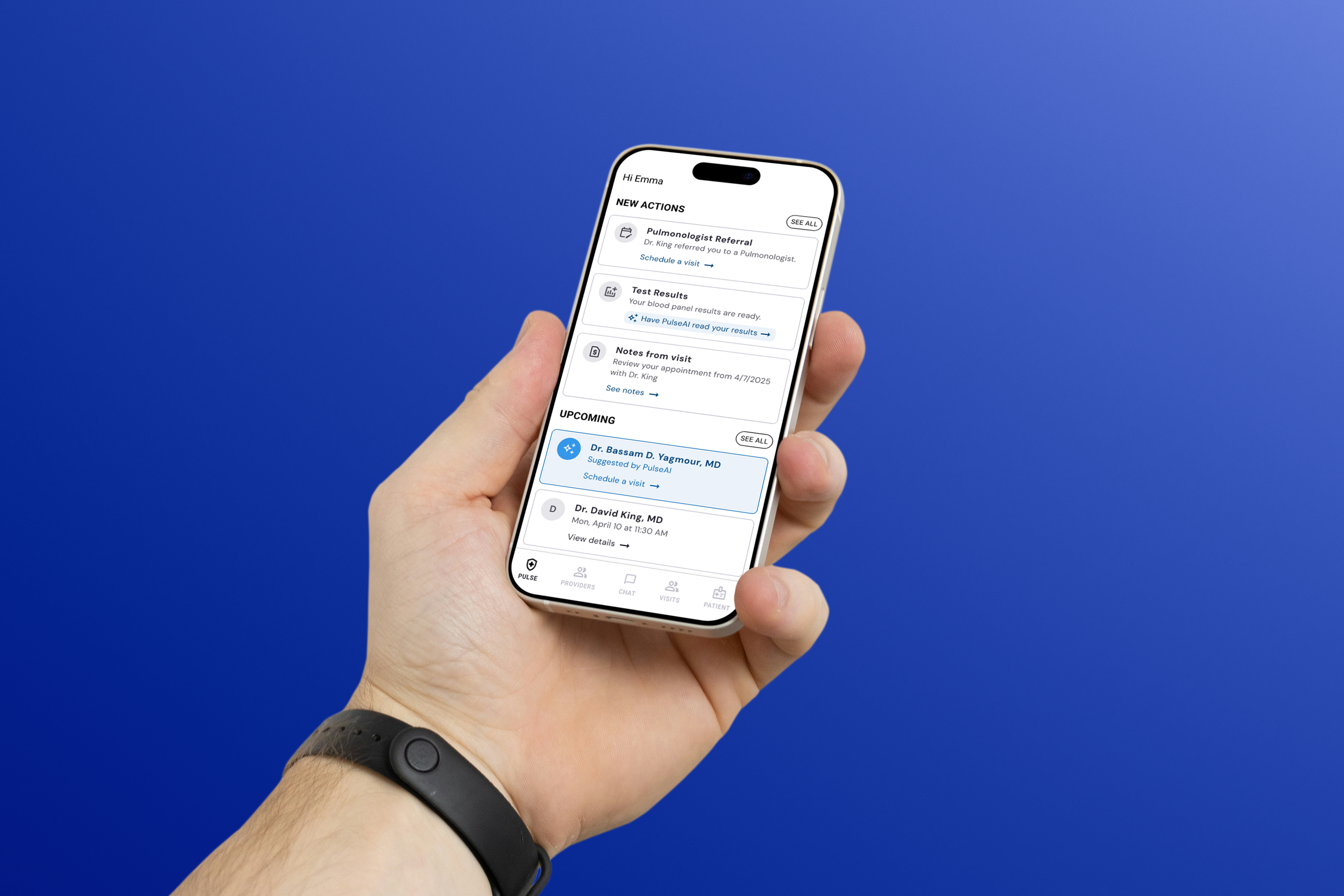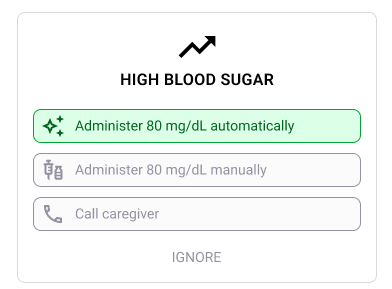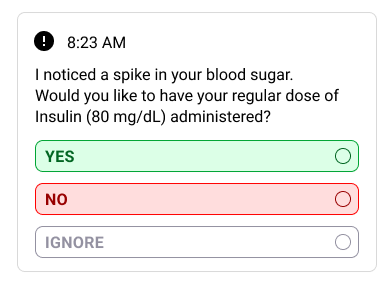Pulse
This project is my capstone for the UX/UI Design for AI Products by Stanford University. We worked on our capstones throughout the duration of the course to apply the principles we learned.
PROJECT DESCRIPTION
PROBLEM STATEMENT
Healthcare is a broken system in the United States. Between navigating insurance coverage, multiple doctors within your care team, and uncoordinated medical records, there is an incredible burden on the patient to manage their own case. It nearly requires a medical degree to advocate for yourself, between coordinating with providers and decoding medical data.
CONCEPT
Introducing Pulse, an AI powered health care solution. Patients are no longer required to manage their case on their own. Pulse connects specialists, suggests care plans, organizes medical records, and predicts health trends. With Pulse, your health remains the most important thing, and struggling to find providers within coverage and making sure they have the correct information from other doctors will be a burden removed from the patient.
User Pain Points
-
Miscommunication
1. Information received can change depending on who picked up the phone, or mood of the employee.
2. Being expected to manage communication between specialists.
3. Getting a referral from a PCP for a specialist, and then arriving to the appointment without any previous knowledge of your case.
4. Lack of centralized information and comprehensive understanding of patient case load prevents doctors from getting the full picture of the patient and therefore providing a lower level of care.
5. Difficult to know when/why you need to go to the doctor for proper care, and if you need a second opinion.
-
Inefficient Appointments
1. Takes months to get appointments, and sometimes not taking no for an answer gets you in faster.
2. Furthermore, if you have questions once you get home, then asking those questions is difficult. Limited time with the doctor is a hinderance.
3. Wasted time when you have to inform every healthcare provider of the same information (medications, vaccine record, family medical history).
-
Lack of Transparency
1. Not being able to read tests that are in a patient portal. Have to wait for phone call with doctor for the results.
2. Patients can feel lost when doctors do not take the time to explain in common language what their complex health problems mean.
3. Lack of transparency/accessibility to cost of services under insurance plan.
User Trust Plan
People often distrust AI powered programs and the suggestions it makes. It is important to prioritize designing for trust by ensuring the AI was transparent, explainable, and aligned with user expectations, so people feel confident relying on its recommendations.
-
Medical jargon, test results, and even prescription names are difficult subjects for patients to decipher. To help build trust, the AI will be explained through natural language. This will help target the need of a human connection that patients so deeply want from a medical professional, and an explanation that they can understand without confusing language.
-
Due to ethical consequences of making health care decisions on behalf of the user, it will be necessary for users to have entire control over who is able to access their data. User control, and transparency throughout usage of the product, will build trust. Control and automation can be balanced through usage of accelerators, design galleries, and verifiers, as well as local interpretable model-agnostic explanations. Storing and sending new patient paperwork, family medical history, medications, vaccination records, and appointment notes on behalf of the patient is one way the AI can act as an accelerator and manage user control alongside automation.
-
We must always keep in mind solutions for algorithm aversion. Healthcare in America is difficult enough to navigate. Adding in an unhelpful, unreliable, and untrustworthy tool is ultimately not going a helpful solution. To avoid algorithm aversion, it is necessary that the AI is not biting off more than it can chew, and remains a background character to the main character that is the medical information. For example, AI summaries in natural language will be incredibly helpful, but it is important that all test results in their original form are accessible, and that users are encouraged to go over all test results with their care provider. The AI tools should not be relied on as medical advice, but to allow you to better understand your health in a confusing industry.
Exploring Interface Designs
When considering user trust, there are different solutions that allow for different levels of user control. In this exercise, I explored how different levels of control effect the user experience and user trust. The AI powered system being designed is one that integrates medical information from heart rate monitors, medical records, and hospital data integration. We can imagine this interface in many different ways. The three ways I explore in this assignment are a fully automated AI powered application with an interface agent, an AI solution with mixed-integration in mind for the assistant, or as a gallery of sorts, providing multiple solutions with varying levels of control for the same problem.
GALLERY
MIXED INITIATIVE
INTERFACE AGENT
Initial Wireframe
Test Results
The test results summarization, translation, and analysis is the factor that sets apart Pulse from other AI powered healthcare products. By connecting through your email, doctor’s portal, or manual entry, Pulse is able to translate what your test results actually mean to you, while still providing you with recorded results to build trust. Historical analysis allows for more accurate telling of health needs, follow up appointments, and prescription refills. One of the challenges of designing for AI is knowing when to allow for user intervention with AI powered tools. User control over test results is necessary to create a reputation of reliability, transparency, and trustworthiness.
All Test Results
AI Summary
Historical Analysis
Chat Bot
Pulse can benefit from a chat bot for multiple reasons. Task automation does exactly what is requested by the user, without the hassle of messing around in the interface to achieve what they are looking for. A conversational interface allows patients to talk to an interface agent that is automatically fulfilling requests and speaking in normal language can not only build trust, but also increase user confidence by giving them a method of interacting with the product that they are already comfortable with. Chat bots also provide accessibility. With something as important as your health, you have access to answers and help 24/7 by utilizing the chatbot.










